What’s causing climate change?
Causes
Earth’s climate has changed throughout history, gradually getting hotter or colder for long periods of time.
We are responsible
These changes were the result of natural causes, such as changes in the tilt of the planet, the sun’s activity and ocean currents.
But the changes we are seeing today are different − and we are responsible! By releasing more of the gases that trap heat into the atmosphere, we are causing the temperature on Earth to rise at an extraordinary rate.
The science bit
When sunlight hits the Earth’s surface, some of this energy is absorbed and warms the ground and the oceans. The rest of the energy can escape back into space, but some of it is trapped in the atmosphere and warms the Earth. This is called the 'greenhouse effect', because the atmosphere acts like the glass in a greenhouse – warming the inside.
This greenhouse effect happens because the Earth's atmosphere contains gases such as water vapour, carbon dioxide, methane and nitrous oxide (these are called greenhouse gases). The greenhouse effect is what normally keeps our planet at a comfortable temperature.
However, human activities are increasing the amount of greenhouse gases in the atmosphere which makes the greenhouse effect stronger and increases the temperature of the Earth.
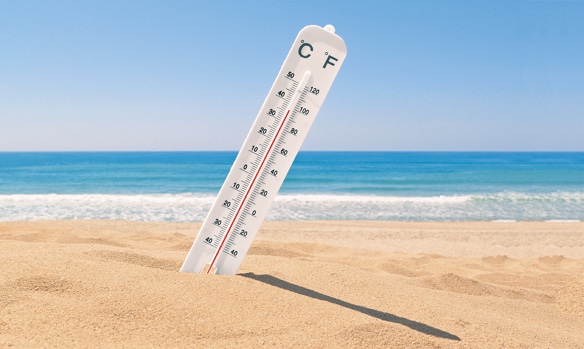
Climate change is caused by the increase in the Earth's temperature (global warming) which comes from adding more greenhouse gases to the atmosphere than those occurring naturally.
These extra greenhouse gases mainly come from burning fossil fuels to produce energy, as well as from other human activities like cutting down rainforests, agriculture, farming livestock and the production of chemicals.
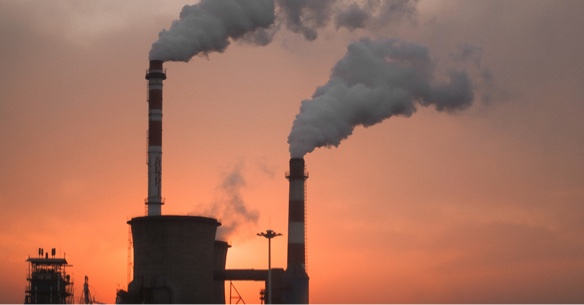
Weather and climate are different but related things. Weather describes the day-to-day conditions in a particular place – for example, it can be cloudy and wet one day and sunny the next.
'Climate' describes the average weather conditions in a place over relatively long periods of time (e.g. 30 years). Deserts, for example, have a hot and dry climate, while the Arctic and Antarctic regions are cold and dry.
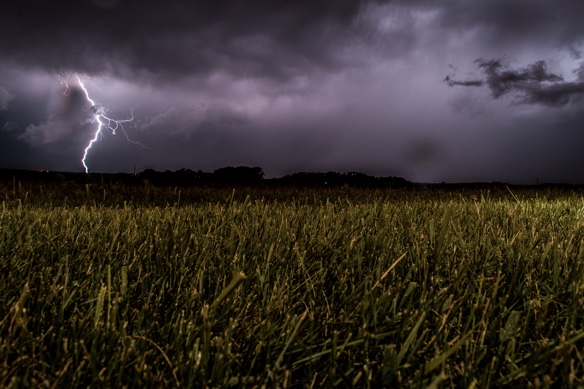
Global warming vs. climate change
Global warming describes the current rise in the Earth’s temperature. It is just one feature of climate change. Climate change refers to the many different effects of global warming on the Earth’s climate system.
These include rising sea levels, melting glaciers, changing rainfall patterns, increased frequency of extreme weather (such as flash floods and heatwaves), changing lengths of seasons and changing crop yields.

Getting warmer
In 2019, the Earth was around 1.5 °C hotter than it was in the late 19th century – and the average global temperature is set to rise even more over the next century. 1.5 °C may not sound like much, but consider this:
Most of the warming so far happened in the past few decades, so the temperature rise is speeding up.
Don’t forget, this is an average increase: some places have become much warmer and others colder. For example, the Arctic has become substantially warmer over the last 60 years and could be ice-free in summer by 2040. Europe is warming faster than other areas of the world.
According to some studies, Earth's temperature during the last ice age was only around 4 °C colder than in the late 19th century.
Ask the scientist
Carbon footprint
Our carbon footprint measures the impact we have on the planet in terms of the amount of greenhouse gases we produce in our daily lives, for example, how much fuel and power we use or is needed to make the things we use.
Check out some tips for making your carbon footprint smaller in the Over to you section.

The carbon cycle always on the move
Carbon is everywhere and in all living things – including you! But carbon does not stay in one place.
It is constantly moving from one part of the planet to another and changing form. For example, carbon exists in the air mainly as a gas (carbon dioxide, or CO2) which is absorbed by plants, including trees, and the oceans.
On land, animals, including us, take in carbon when they eat plants and breathe it out during respiration. When plants and animals die, their remains decay and decompose, creating carbon which is absorbed back into the Earth.
The carbon cycle has kept the proportion of the gas in the atmosphere more or less stable for thousands of years.
However, this fine balance is being upset by human activities that either release CO2 faster than it can be removed naturally, or reduce natural stores of carbon such as through deforestation of tropical rainforests.
This increases the amount of CO2 in the atmosphere, and because CO2 is a greenhouse gas, this causes the Earth's temperature to increase.
Is the hole in the ozone layer responsible for climate change?
No!
Ozone is a very useful gas high up in the Earth’s atmosphere that absorbs harmful ultraviolet radiation from the sun.
When scientists realised that man-made gases used in fridges and aerosols were making a hole in the ozone layer, the international community set about phasing them out. An agreement called the Montreal Protocol was drawn up to gradually reduce the use of dangerous substances, like chlorofluorocarbons (CFCs).
Efforts have been so successful that the ozone layer is on track to recover by the middle of the 21st century. The EU has been on the forefront of the ozone layer protection. Although the ozone hole itself did not cause global warming, the restrictions applied on ozone depleting substances are helping prevent climate change, because these chemicals are also greenhouse gases.
Unfortunately, the CFCs – and their successor substances – were eventually replaced by fluorinated gases, known as F-gases. These have no effect on the ozone layer but are powerful greenhouse gases. Once again, the world is taking action: all 198 countries that have signed the Montreal Protocol have agreed to limit their production and use of these harmful gases. The EU is leading the world in restricting their use and finding alternatives to them. The EU’s aim is to cut its emissions of F-gases by two - thirds by 2030 compared to 2014 levels. In 2022, the European Commission made a proposal to increase the ambition of the law on F-gases, which will help the EU reach climate neutrality by 2050.
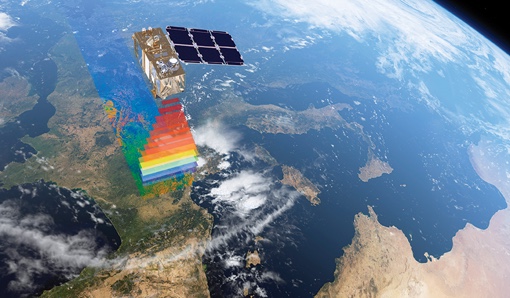
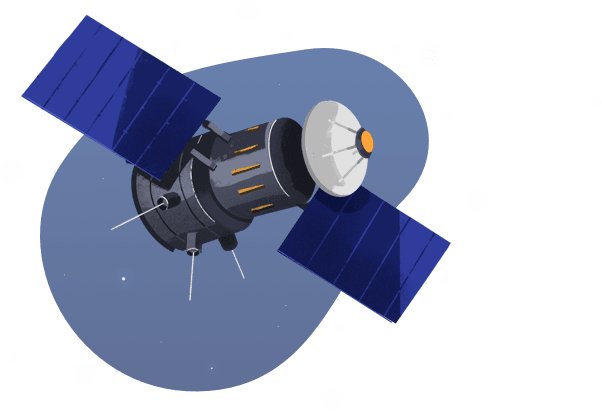
Fossil fuels
Fossil fuels – like coal – are the remains of ancient plants and animals buried deep in the ground for millions of years that have turned into substances that can be used as fuels.
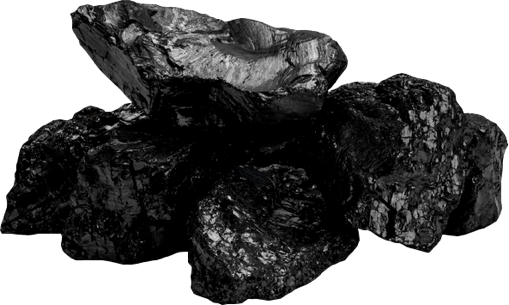
Now that you understand what is causing climate change, what are its IMPACTS?
